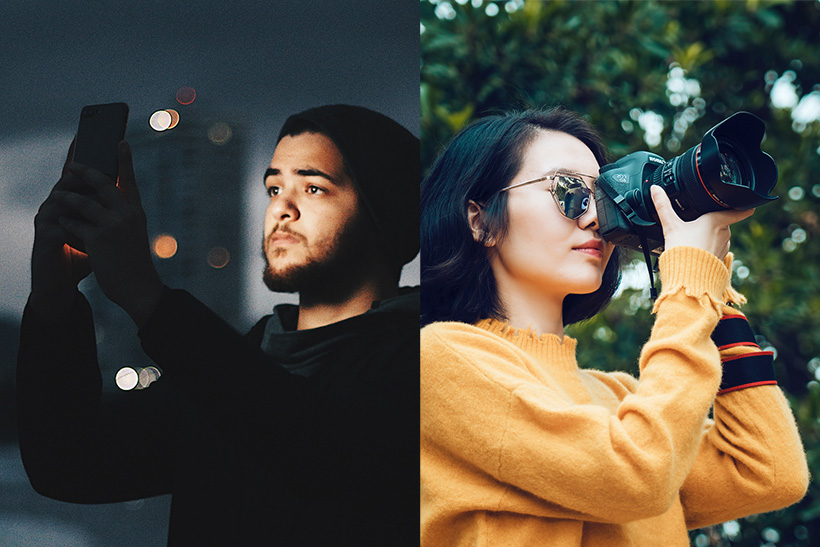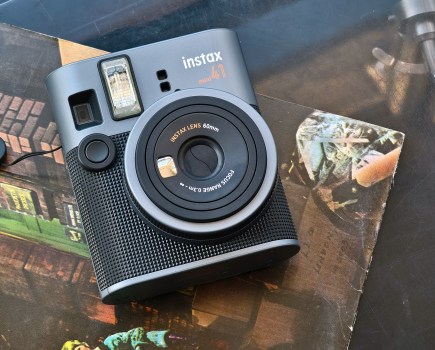We pit camera phone vs digital camera in a quest to determine which is best for photographers and videographers. It’s closer than you’d think!
The line between smartphone and digital cameras grows ever finer. Early phone cameras were little more than a novelty; now, it’s common for professional content creators to use a smartphone as their first and only tool for imagery and video.
With every new round of flagship phones that arrives, the camera arrays get more sophisticated. The advent of the smartphone has essentially made the entry-level compact camera market redundant. Whether you’re looking to shoot photos or video, it could be that the right tool for you could be a smartphone or a digital camera.
At AP we are no snobs about smartphone cameras. We update our guides to the best phones regularly, including budget options, and feature our favourite images taken on phones. There are loads of exciting developments always happening in the smartphone camera world – for example, our reviewer was impressed by the camera capabilities of the Xiaomi 13, a phone developed in conjunction with Leica which offers Leica colour modes.
The constant presence of a phone about you makes it a ready tool for street photography, an on-the-move, spontaneous genre.

But don’t count cameras out just yet. With larger sensors and interchangeable lenses, digital cameras offer unparalleled versatility in the different kinds of shots they can capture. For most professional applications, a good camera will still reign supreme – no one is about to argue that an iPhone’s portrait mode is a better choice than a mirrorless camera and 85mm f/1.4 lens for serious portrait photography. Or at least, they shouldn’t.
Take a look at a list of the best mirrorless cameras or even the best DSLRs and you’ll see raw imaging capability that is, for the moment, beyond that of smartphones. However, with their unique advantages of size and utility, and depending on what you’re out to shoot, the latter may be your personal choice. And so, we’ve put together this guide to combine smartphones and cameras, category by category, to help you figure out which is right for you.
Let’s run through the key strengths and weaknesses of smartphones and cameras as we aim to settle the question: smartphone vs digital camera: which is better?
Smartphone vs Digital Camera: Sensors
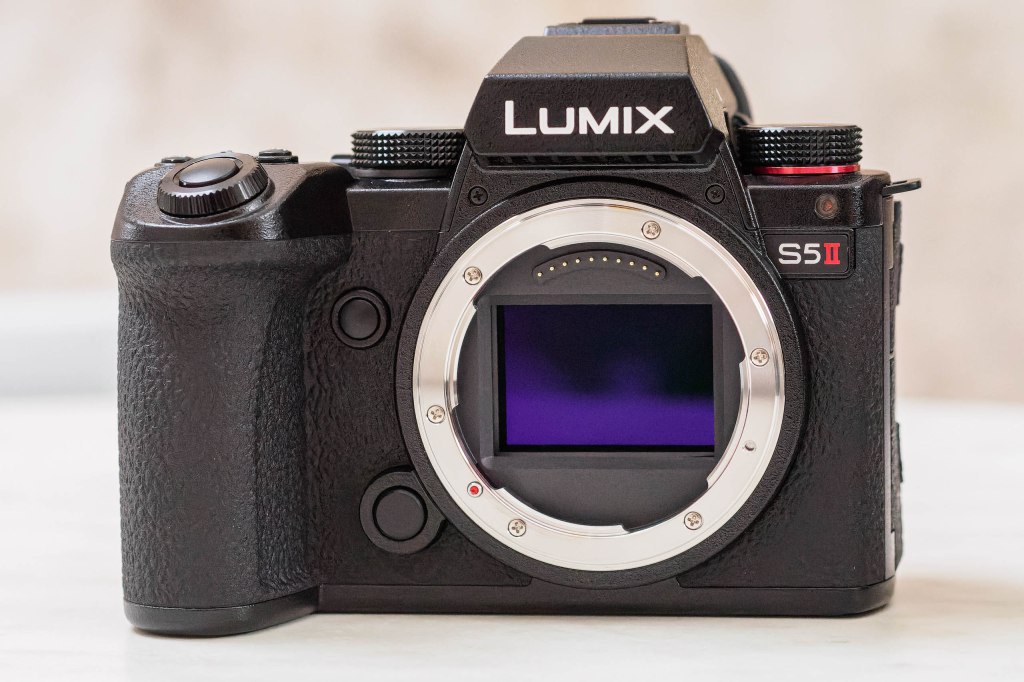
The most important part of any camera is its sensor, with the general rule being the bigger the better for high-quality imagery. With many smartphones now featuring multiple camera arrays on their backs, there’s actually multiple sensors in one device, with none of them having the room to be very large.
By contrast, cameras of course have much more room to house a dedicated sensor. Even relatively small cameras, such as the best compact cameras have a sensor several times larger than that in any smartphone. Stepping up to mirrorless or DSLR, sensors are larger still.
In real terms, what this means is that, without a doubt, image quality from the average dedicated camera is better than the image quality from the average smartphone.
Smartphone sensors are, of course, improving. The Xiaomi 12S Ultra, introduced in 2022, re-introduced the world to 1-inch sensors in smartphones, and continued this with the new Xiaomi 14 Ultra. The 1-inch type sensor was previously only really seen in mid-range and premium compact cameras like the Sony RX100 series, as well as a few select phones. Though to put it in perspective, this is still a significantly smaller sensor than you’d find in any system camera – full-frame, APS-C and Four Thirds sensors all have more surface area.
How much this matters is down to the individual, as well as what you like to shoot, and in what conditions. If, for example, you only ever shoot sunny shots of your travels to share on Instagram, the small sensor inside your smartphone will likely fulfil your needs.
If, however, you like to shoot in other conditions – eg low light – you want highly detailed imagery, or to create large prints (or have the ability to do so in the future), to create certain effects – then a digital camera will be much better suited to that.
Winner: Camera
Smartphone vs Digital Camera: Resolution
There are lots of smartphones with very high-resolution sensors these days. The iPhone 15 Pro has a 48-megapixel sensor, and many other phones now sport 50MP or 64MP sensors. However, the current kings of the hill are the Samsung S24 Ultra and S23 Ultra, both of which sport sensors bearing a whopping 200 megapixels of resolution.

Does a smartphone need 200MP of resolution? No, not particularly, and they’re generally not going to be used to shoot 200MP images. The main advantage of these skyrocketing pixel counts is pixel-binning – combining the data from multiple pixels into one in order to simulate the larger pixels that bigger sensors have, improving performance in low light (we explain this in what is pixel binning?).
By contrast, digital cameras are usually more conservative in their resolution. Many average somewhere around 24 megapixels, but you can get higher resolution counts for shooting detail or if you plan to print your images. These are usually found in expensive, professional-level cameras, such as the Sony Alpha A7R IV and Sony A7R V, both of which have a 61-megapixel sensor.
Of course, a key difference is that shooters with the Sony A7R V are generally going to be using all of those 61 megapixels, rather than using pixel-binning. And with powerful built-in optical stabilisation, a grip-able form factor and pin-sharp lenses (more on those shortly), they’re likely to have much more luck getting pin-sharp images that make the most of all those pixels.
The thing about high resolutions is that they’re unforgiving – a small mis-focusing or a bit of blur caused by camera shake is a lot more obvious when captured in millions of pixels. If you want to use high resolutions to make prints of images, then a camera is the way to go.
Winner: Camera
Smartphone vs Digital Camera: Autofocus
In many genres of photography, a good reliable autofocus system is often the difference between nailing the shot and missing it entirely. If you’re a street, action or wildlife photographer, meaning you’re working with subjects that won’t sit still on command, then you need a focusing system that will lock on quickly. Ideally, it will also keep hold of a subject even as it moves through the frame.
Smartphone autofocus has come a long way, especially in recent years with newer phones getting phase-detect on-chip autofocus and tracking in video. However, digital camera autofocus has recently taken a huge leap forward with the widespread adoption of AI-powered subject-detection autofocus. This autofocus system automatically recognises specific subjects such as humans, animals, vehicles and more, and keeps the focus firmly locked on them.
This isn’t exactly a new feature – deep-learning subject-recognition autofocus cropped up on the Canon EOS-1D X Mark III back in 2020. However, that was a pro-level DSLR with a high price tag, and since then the feature has rolled out to enthusiast-level cameras like the Fujifilm X-T5, and even to entry-level beginner cameras like the Canon EOS R50.
Combine this with the super-fast phase-detection autofocus systems common to practically all contemporary mirrorless cameras, and you’re basically shooting in cheat mode.

Of course, phones do have face detection, and generally selection the focus point on a phone is pretty intuitive as you can just tap the screen where you want the camera to focus. For now though, it’s no contest.
Winner: Camera
Smartphone vs Digital Camera: Lenses
Most high-end phones these days feature at least three lenses, with quad-lens arrays currently the standard on flagship models. Even mid-range options will generally have two or three lenses on the back.
This usually entails a “standard” lens, an ultra-wide, and often at least one telephoto (zoom) lens. This gives a good degree of flexibility to capture images in a variety of different focal lengths. Many of the mid-range and cheaper smartphones have only a wide and super-wide angle lens only.

A look at the comprehensive camera arrays on Samsung’s last two flagship phones, the S23 and S22 Ultras. Photo credit: Amy Davies.
Compact cameras will have one lens, but usually this is an optical zoom lens which covers a variety of different focal lengths (though you won’t usually get an ultra-wide, not without some kind of converter).
DSLRs and mirrorless cameras have interchangeable lenses, meaning there’s dozens of different options available, depending on what you like to shoot. Some lenses are fixed or “prime” lenses, meaning they have just one focal length. Others are zoom lenses, giving you the option to use a variety of different focal lengths.
There’s also an array of specialist optics, such as those which are good for shooting close-up images (macro lens), ultra-wide angles, tilt-shift lenses, and so on.
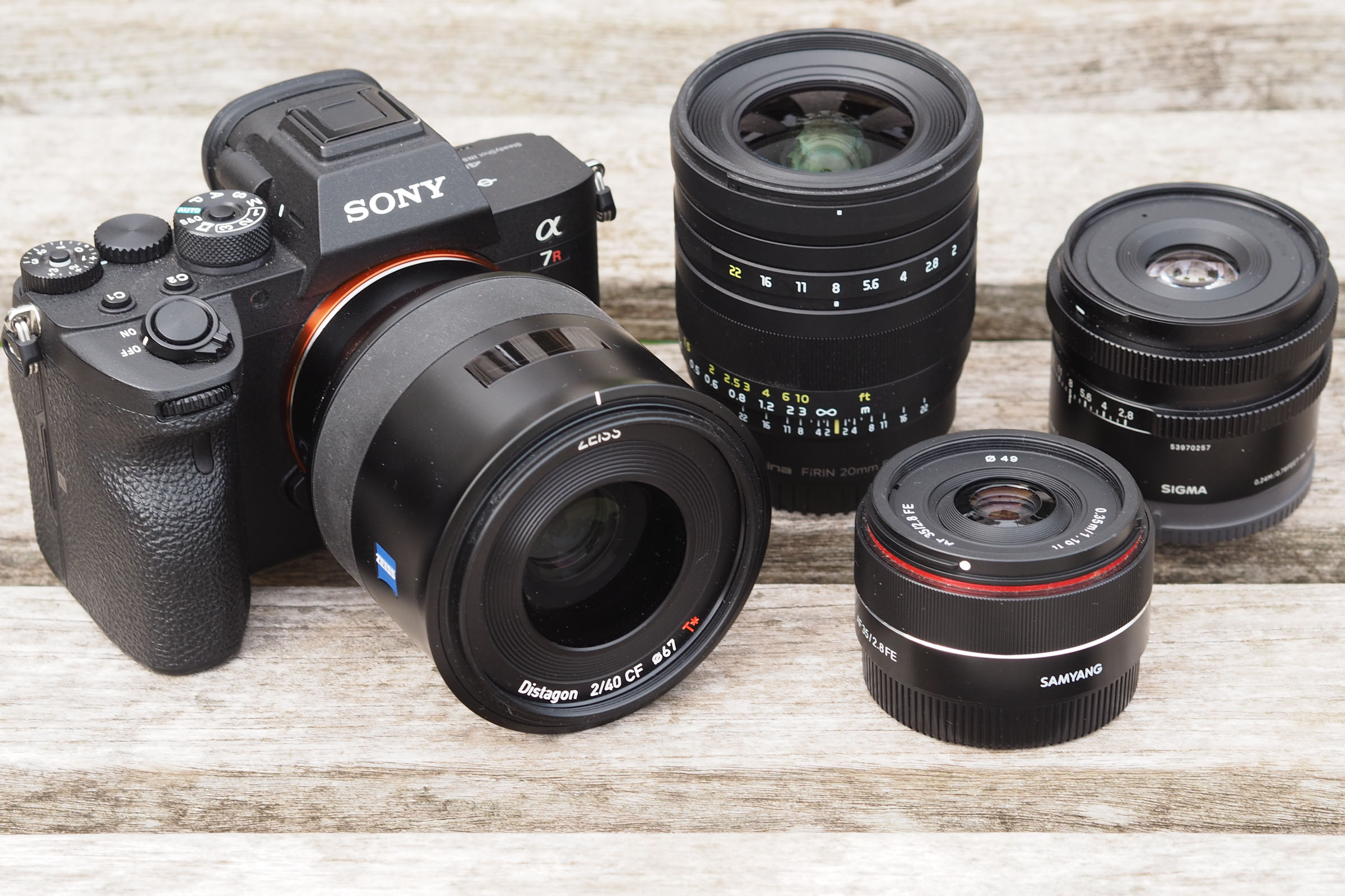
This can mean you end up with a whole bag full of different lenses, which is of course less convenient than shooting with your phone – but with much higher image quality. There are also some “all-in-one” or “superzoom” lenses which are useful for travelling light.
Winner: Camera
Smartphone vs Digital Camera: Ease of Use
Many prefer the tactility of a “proper” camera, with dials and buttons giving you direct access to settings and the like. There’s also something to be said for pushing a physical shutter release – for many it makes them feel more like “photographers”.
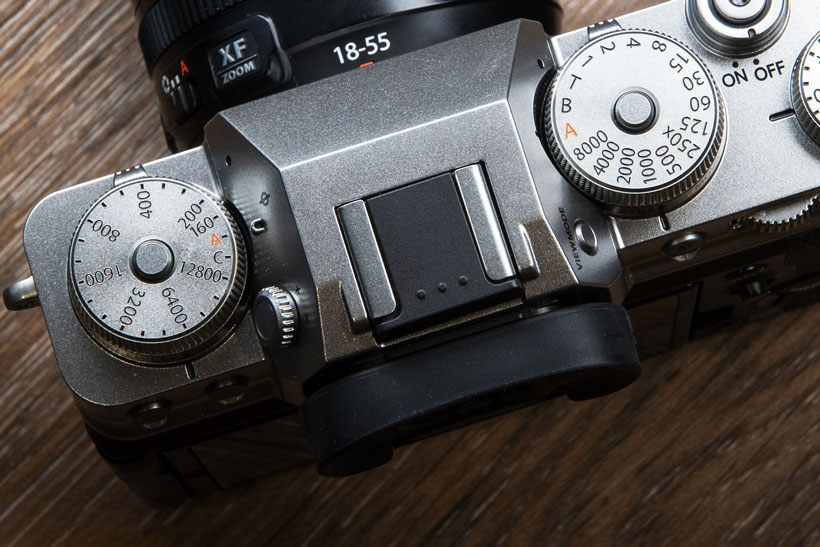
By contrast, a smartphone camera usually is controlled by on-screen buttons and menu selections. Many smartphones will allow you to use a physical button for the shutter release, but of course there’s no grip or chunky body to get your hands around. The iPhone 16 Pro has a new “camera control” button which aims to make using the phone a little more like using a “real camera”
Another thing worth considering is manual control. Some phones have this capability within their native apps, allowing changes to settings such as ISO, shutter speed and so on. Some smartphones, such as Google and Apple phones, don’t have this facility within the native camera app, but you can download additional apps that give you it.
Most dedicated cameras have semi-automatic and manual controls, giving you even greater scope to change any setting you want to. It’s worth remembering however that for many, the simplicity of a smartphone’s operation will be appealing too.
Winner: Camera
Smartphone vs Digital Camera: Screens and Viewfinders
With smartphones, it’s generally all about the screen – as that’s how you’ll operate most of its functions. Screens on high-end smartphones are incredibly good now, with ultra-high resolutions and brightness. More of them are also now made tough as they’ll use materials such as Gorilla Glass – manufacturers have become all too aware how easy it is to drop a smartphone.
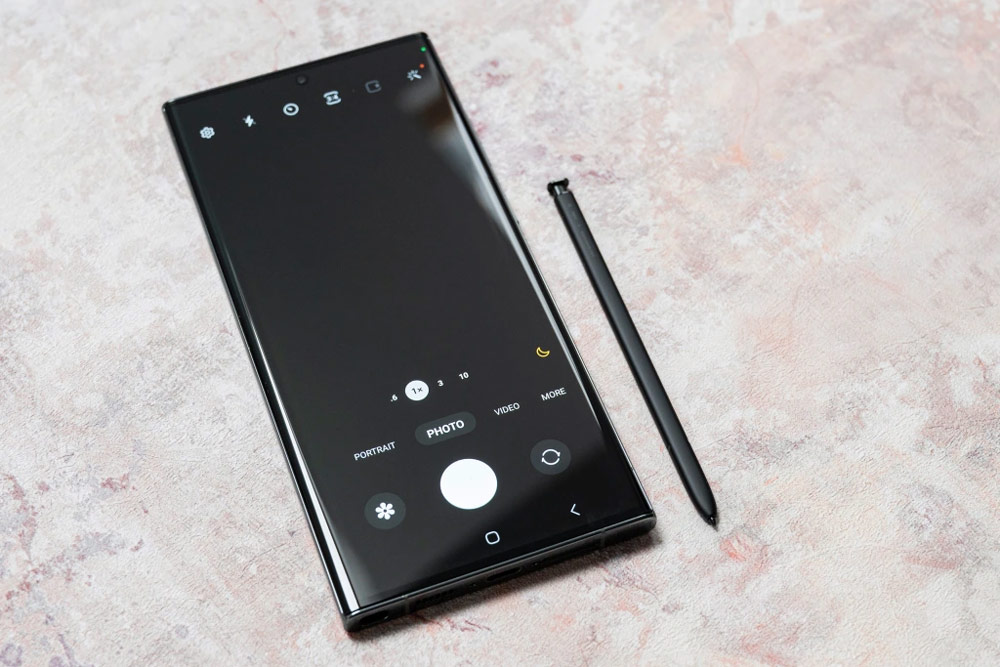
By contrast, screens on digital cameras are a different beast altogether. While resolutions have been creeping up over the years, it’s unlikely you’ll find a camera screen which matches the resolution of a mid-range or high-end smartphone. That said, the screens are generally much smaller (3 or 3.2-inches is the standard), so it won’t be as noticeable.
Some cameras have fixed screens, which is not particularly helpful if you want to shoot selfies and video content. Then again, with smartphones, the only way you can do that is by switching to the front-facing camera, which is generally not as good as the rear-facing camera. Many cameras have tilting or articulating screens, meaning you can face them forward when photographing or videoing yourself – making them ideal for content creators.
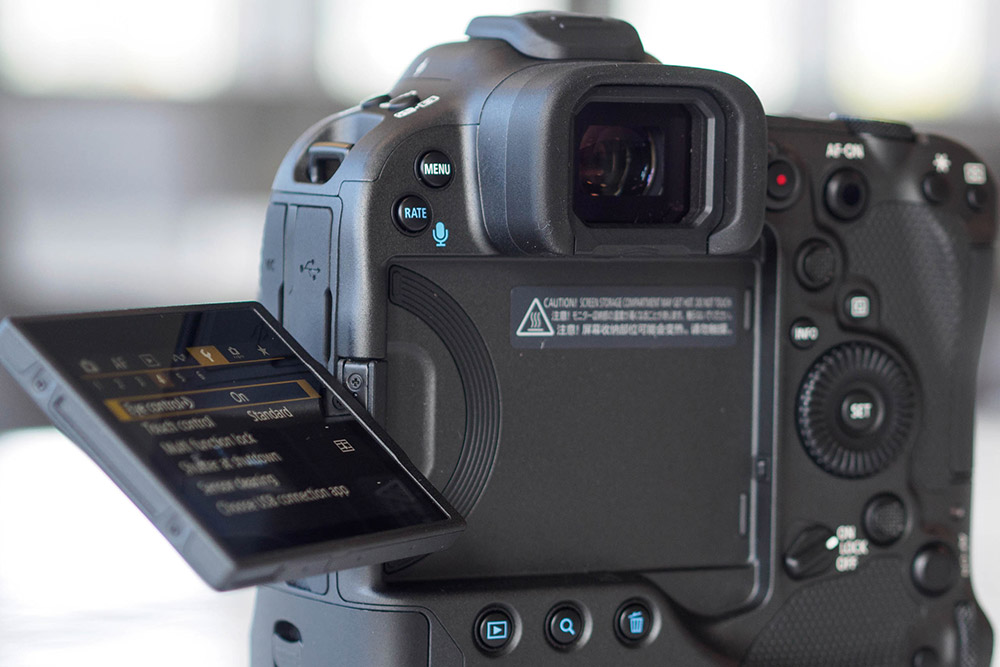
On top of that, many cameras also feature an in-built viewfinder, which many find preferable to shooting through. Electronic viewfinders have seriously improved over the last ten years, too, so there’s no longer such a battle between optical and electronic devices.
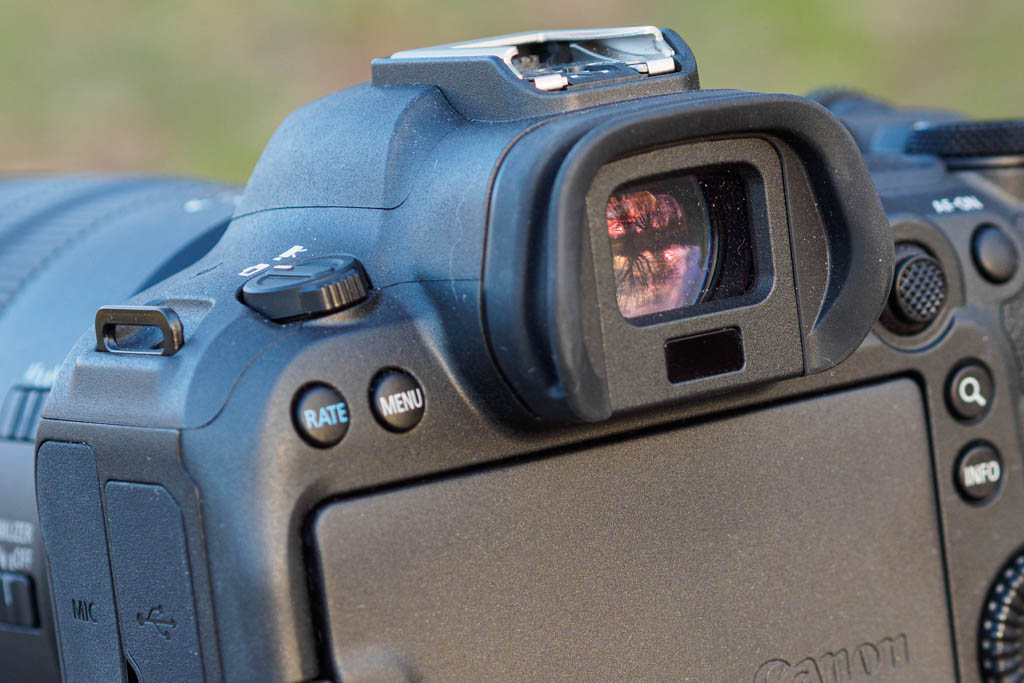
Winner: Draw
Smartphone vs Digital Camera: Size
The best travel cameras will be those that offer you a good degree of flexibility that exceeds the quality of your smartphone. You can now get excellent (relatively) small cameras, which make great travel companions without having to compromise too much on image quality. Even some modern full-frame cameras are surprisingly small.
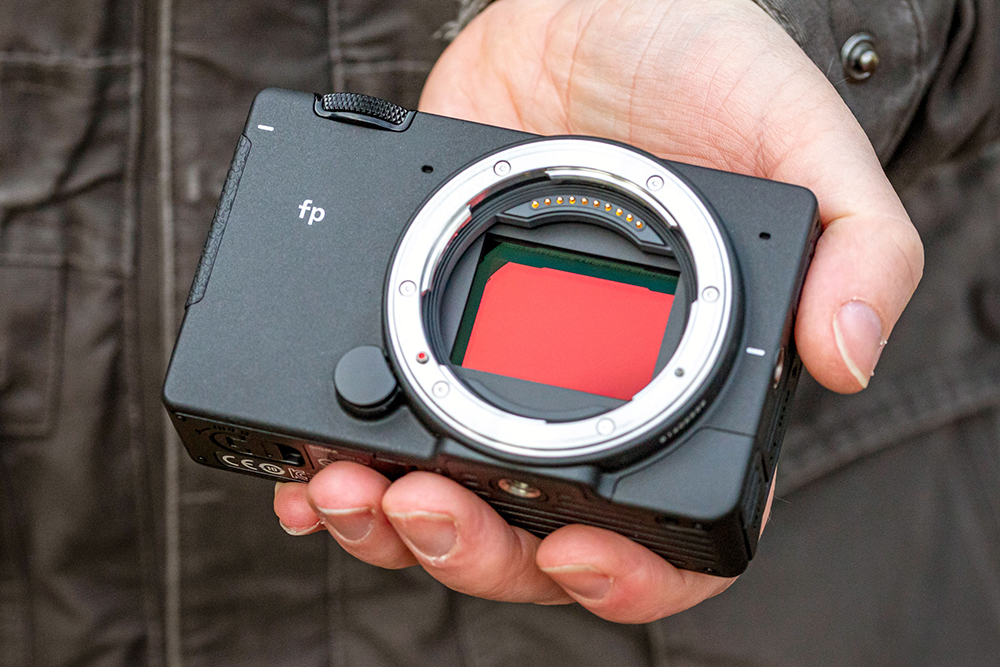
That said, there is no getting away from the fact that smartphones are much more pocket-friendly. Especially since you’ll be carrying a smartphone regardless, if travelling as light as possible is the top priority, smartphones are the obvious winner.
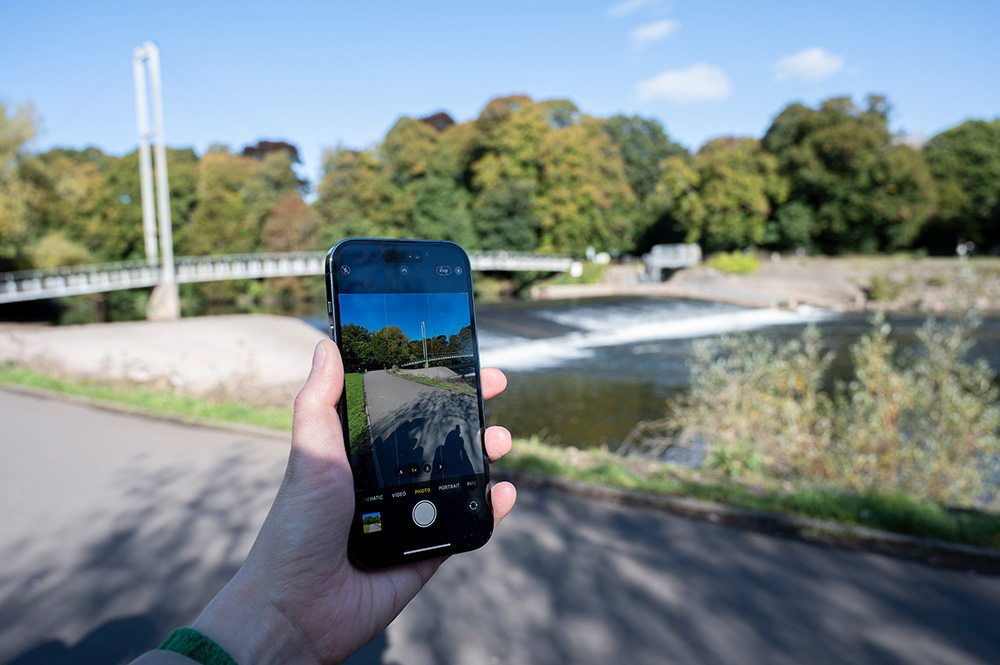
Winner: Smartphone
Smartphone vs Digital Camera: Video
Smartphones are great tools for capturing video, mainly due to their simplicity and with a range of tools readily available to create certain types of video – such as time-lapse, slow-motion and so on. Lots of smartphones even offer video editing as a native app, and there’s hundreds of apps you can download to also do that job for you.
Most modern smartphones offer 4K video shooting as standard, with some, such as the Samsung Galaxy S22 Ultra, Samsung Galaxy S23 Ultra, and S24 Ultra, even offering 8K video recording capability.
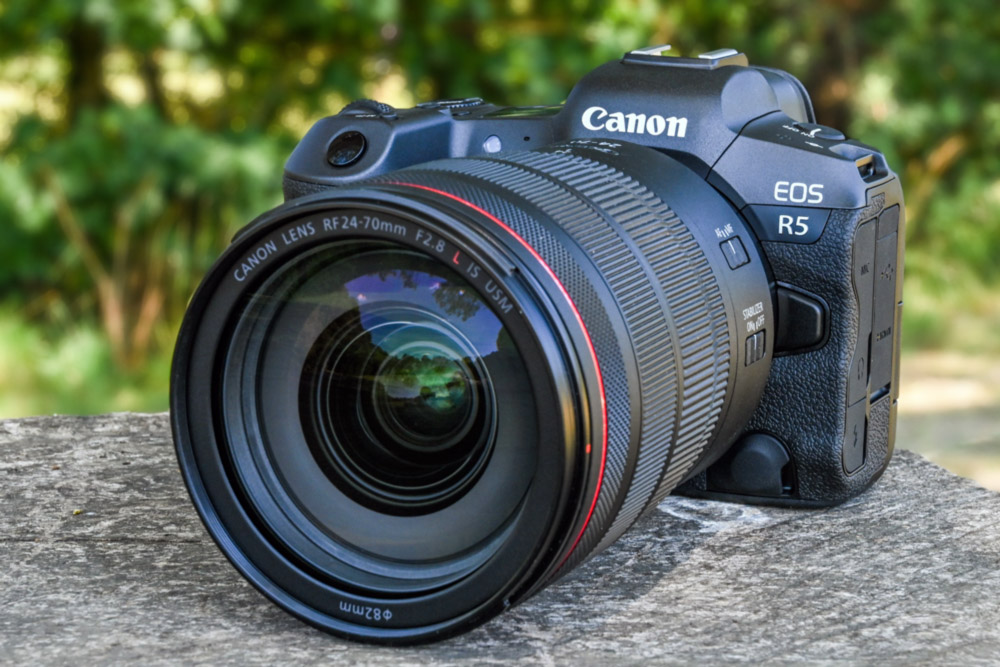
Digital cameras are also excellent for video, but as a rule perhaps require a little bit more specialist knowledge to get the best from them. You will almost certainly need a third-party video editor to work with your footage. If ease-of-use is something of most importance to you, then recording on a phone, and editing on the same phone, can make the process much quicker.
Again, most modern digital cameras offer 4K as standard, with 8K available on some models, such as the Canon EOS R5. Take a look at our guide to the best cameras for video, vlogging and videography for more information.
Winner: Draw
Smartphone vs Digital Camera: Convenience
It is an old adage in photography that the best camera is the one you have on you. There’s irony in this as nobody predicted that we’d all one day carry around a decent camera as a part of our phone. Inspiration to shoot can hit at any time, as can the perfect light, and even if you’re someone who’d always rather use your camera, a smartphone shot is better than no shot at all.
Of course, smartphones don’t have it all completely their own way. There are some advantages to having a device that’s dedicated to shooting and shooting only – you’re never going to run down your camera’s battery by watching YouTube or scrolling TikTok. Overall, however, there’s a lot to be said for a high-quality camera that slips into a pocket.
Winner: Smartphone
Smartphone vs Digital Camera: Connectivity
Almost all modern cameras have in-built Wi-Fi and/or Bluetooth, meaning you can connect them up to your smartphone for quick sharing of your images online or via email and social media. Some are easy to use and transfer images, while others are frustratingly fiddly and don’t always work the first time.

That’s simply not a problem for the smartphone, which of course has the connection baked right in. If you’re a social sharer, there’s no quicker way than shooting on your smartphone and sharing straightaway. And if you want a camera so you can email and share pictures straight away, then a smartphone is your best choice.
If you’re somebody that prefers to get home, edit their pictures and take their time – it’s less of a concern.
Winner: Smartphone
Smartphone vs Digital Camera: Price
Price is a bit of a tricky one, as is considering value for money. Both smartphones and cameras are available at a range of price points, with some more affordable than others.
High-end smartphones can cost in excess of $1000 / £1000, but you do of course get more than a camera for your money. By contrast, some digital cameras can be picked up cheap as chips (especially second hand), but it’s also equally true that some cameras can cost many thousands of dollars / pounds.
While it’s true that the smartphone offers the most flexibility, and arguably therefore the best value for money. Again, it’s likely you’re going to need a smartphone whatever you do, so if you’re buying one anyway, it might be worth getting the best smartphone for photography. However, it’s also true that you could buy yourself a low-priced smartphone and invest the money you save on better camera gear.
Winner: Smartphone
Smartphone vs Digital Camera: Which is better?
Some questions in life are harder to answer than others. Smartphones are great, so are digital cameras – but the answer to which is better for photography is subjective and will depend on a variety of factors.
It’s safe to say that – for now at least – the digital camera – or at least the best cameras for photography – are still king when it comes to image quality. However, there’s no getting around the fact that the smartphone is best for those who don’t want to be weighed down with heavy and cumbersome gear.
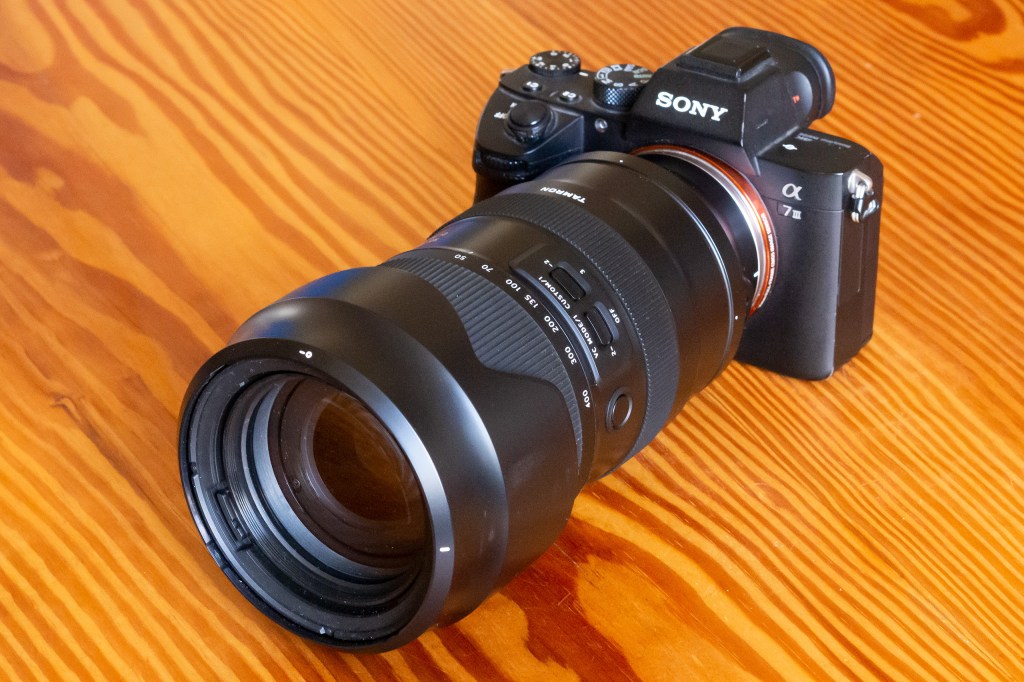
Digital cameras give you more flexibility when it comes to lenses and accessories, but smartphones are much better for quickly sharing your images and video online.
In deciding which is best for you, you’ll need to decide which factor is most important for you. For the average photographer, it’s a fair assumption that a dedicated camera is still what you need. For those who are more casual snappers, the smartphone likely serves their needs perfectly well.
Featured image credit: Marco Xu and Victor Larracuente via Unsplash.
Text by Amy Davies, with contributions from Jon Stapley.
Related articles:
- How to take amazing portraits on a smartphone
- Black and white smartphone photography guide
- How to take great macro photos on a phone

